A new library constructed in a previously derelict phonebox, immediately outside William Tyndale Primary School in Islington.
The Upper Street Little Library is the result of a collaboration between a wide community of people working together with all parties giving their time and effort for free. Funding for the library came from a donation from Islington Council and from fundraising within the school.
The derelict phonebox had been located outside the entrance to William Tyndale School for many years. Due to the presence of the large London Plane tree adjacent, the phonebox was leaning over. Internally it was covered in graffiti and regularly used as a toilet by passing drunks from Upper Street’s many bars.
Dominic McKenzie Architects (DMA) was approached by the school’s Family and Staff Association with the idea of changing the derelict phonebox into a library.
DMA’s designs carefully respond to the design of the existing phonebox.
The phonebox is a K2 ‘kiosk’ – the original type designed by the architect Giles Gilbert Scott in 1924. As the K2s were the original type Scott designed, such phoneboxes are now classed as listed buildings. Consequently DMA had to make a listed building application with Islington Council for the conversion of the derelict structure to a library.
Giles Gilbert Scott’s original designs for the K2 also referenced another great architect – John Soane. Specifically the curved roof of the phonebox refers to the Soane family tomb which is located nearby in St. Pancras Churchyard.
As part of the general renovation, the phonebox was tilted back to make it vertical again. The redundant modern internal fittings were removed. All the existing acrylic glazing which was yellowing and badly scratched was removed and changed for glass. The existing paintwork was stripped back, primed, filled and repainted with the specific telephone box red paint.
DMA’s designs for the library pay close attention to the original phonebox structure. The new shelves were set out to match the grid of the existing windows, only breaking the rhythm once to allow taller children’s books to be accommodated towards the bottom.
The shelves and flooring are coloured green to match William Tyndale School’s school colour, which contrasts nicely with the bright red of the phonebox (a combination which is also reminiscent of the front room of John Soane’s house in Lincoln’s Inn Fields).
The shelves are freestanding, removable shelves in two parts, fixed together in an L shape. LED lighting is integrated with the underside of the shelves to illuminate the books on display at night – making the phonebox act like a beacon – attracting passers by from both the school and Upper Street, promoting the idea of reading to the wider community.
